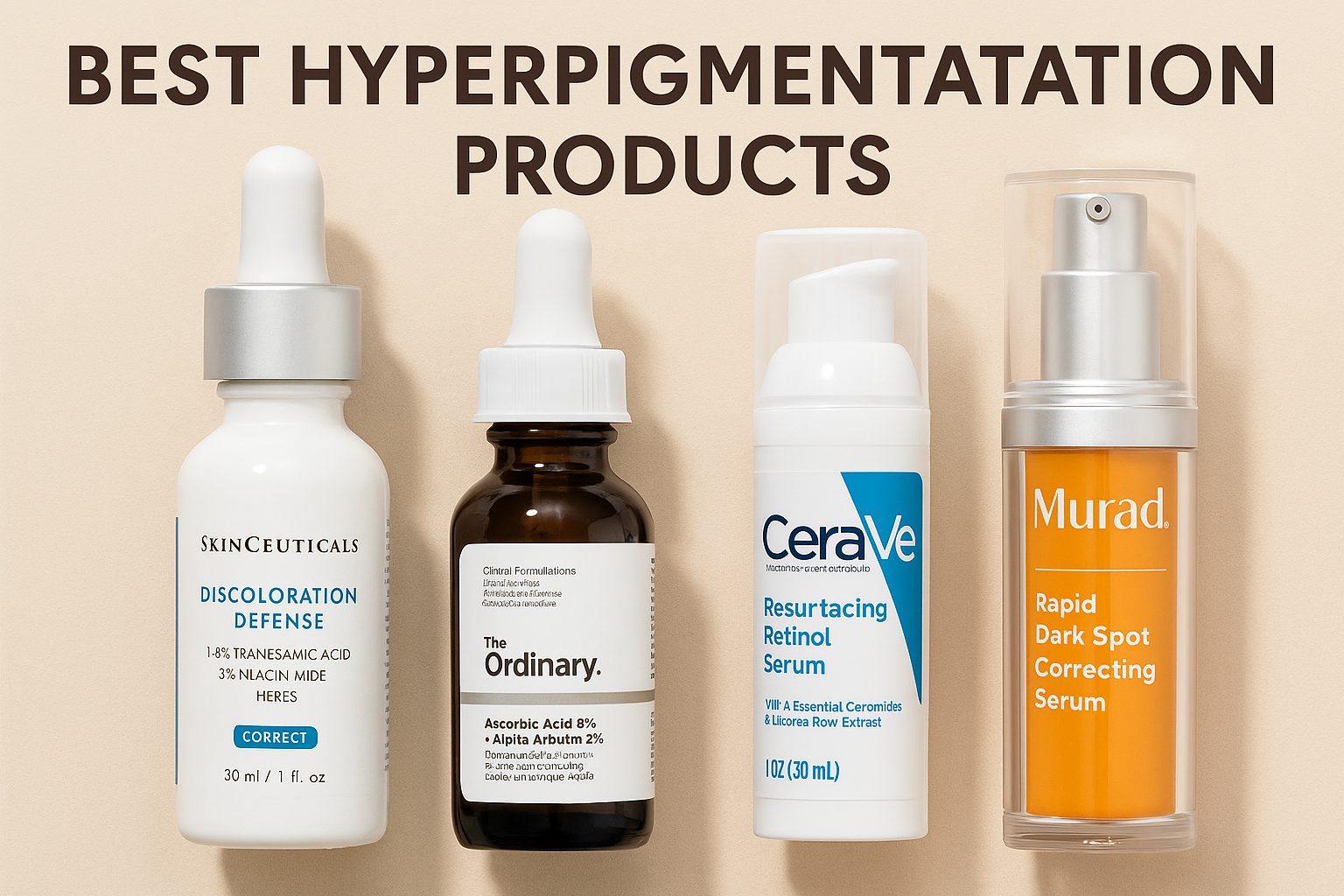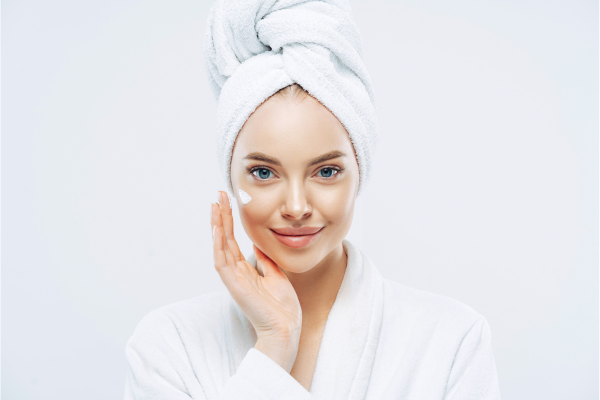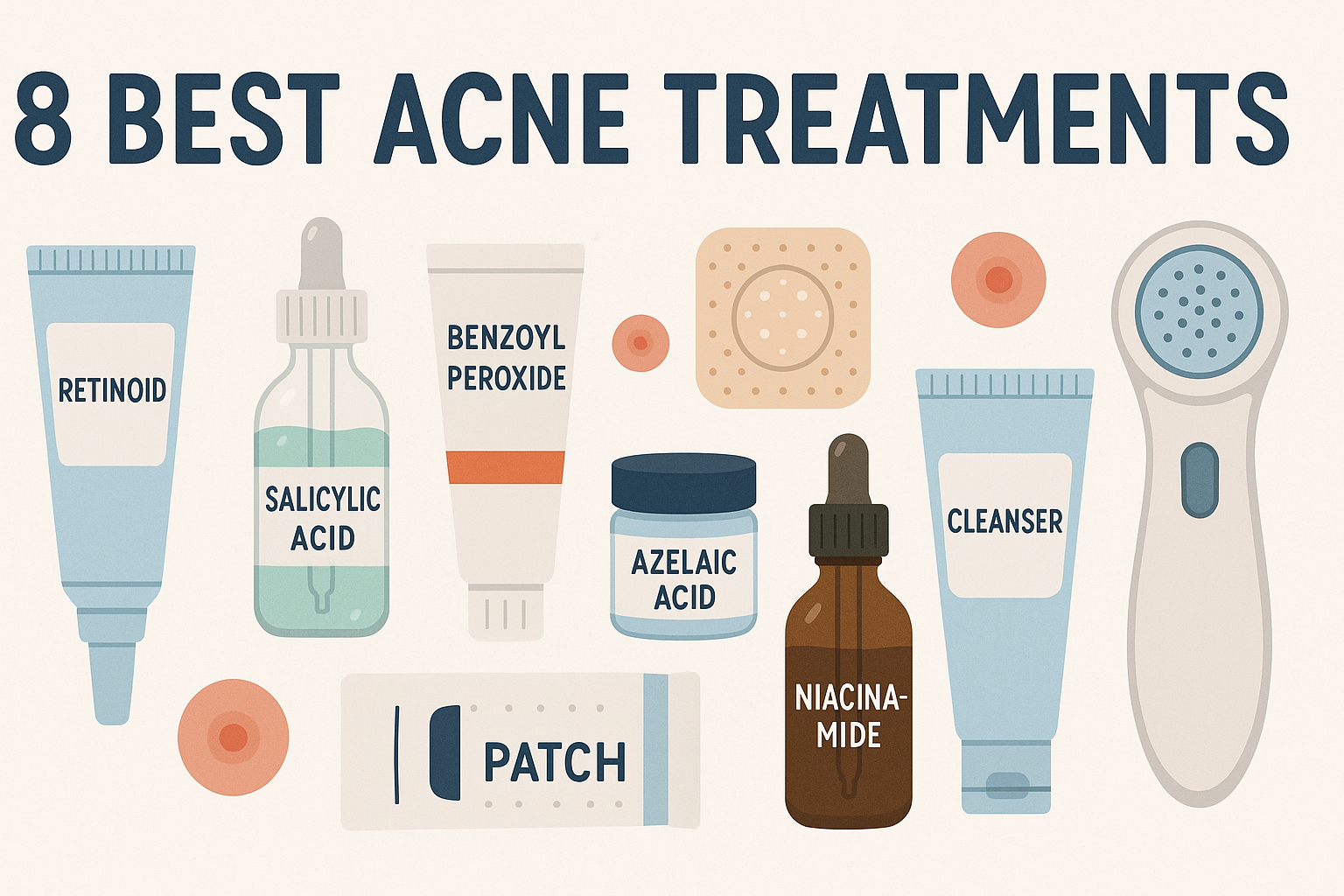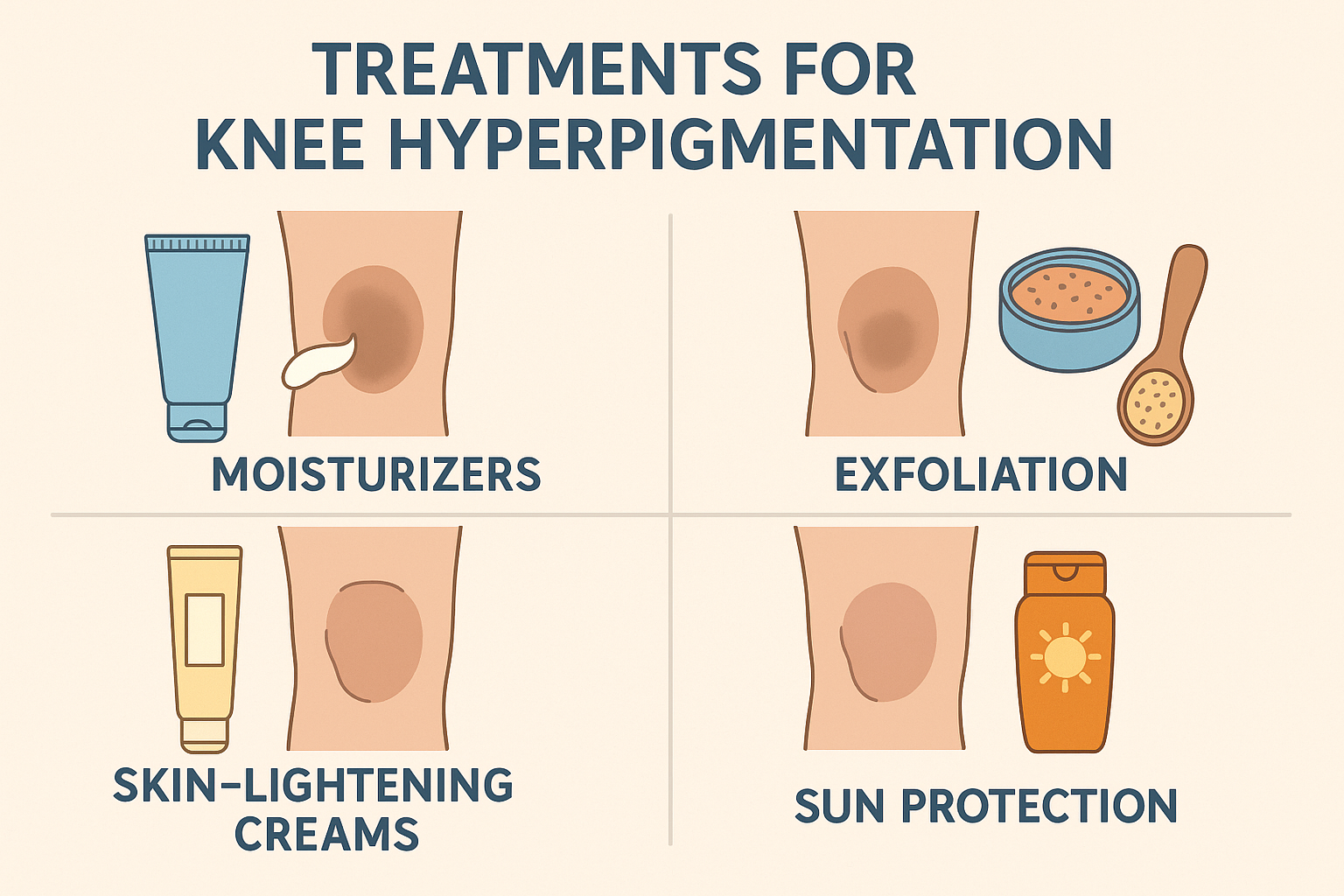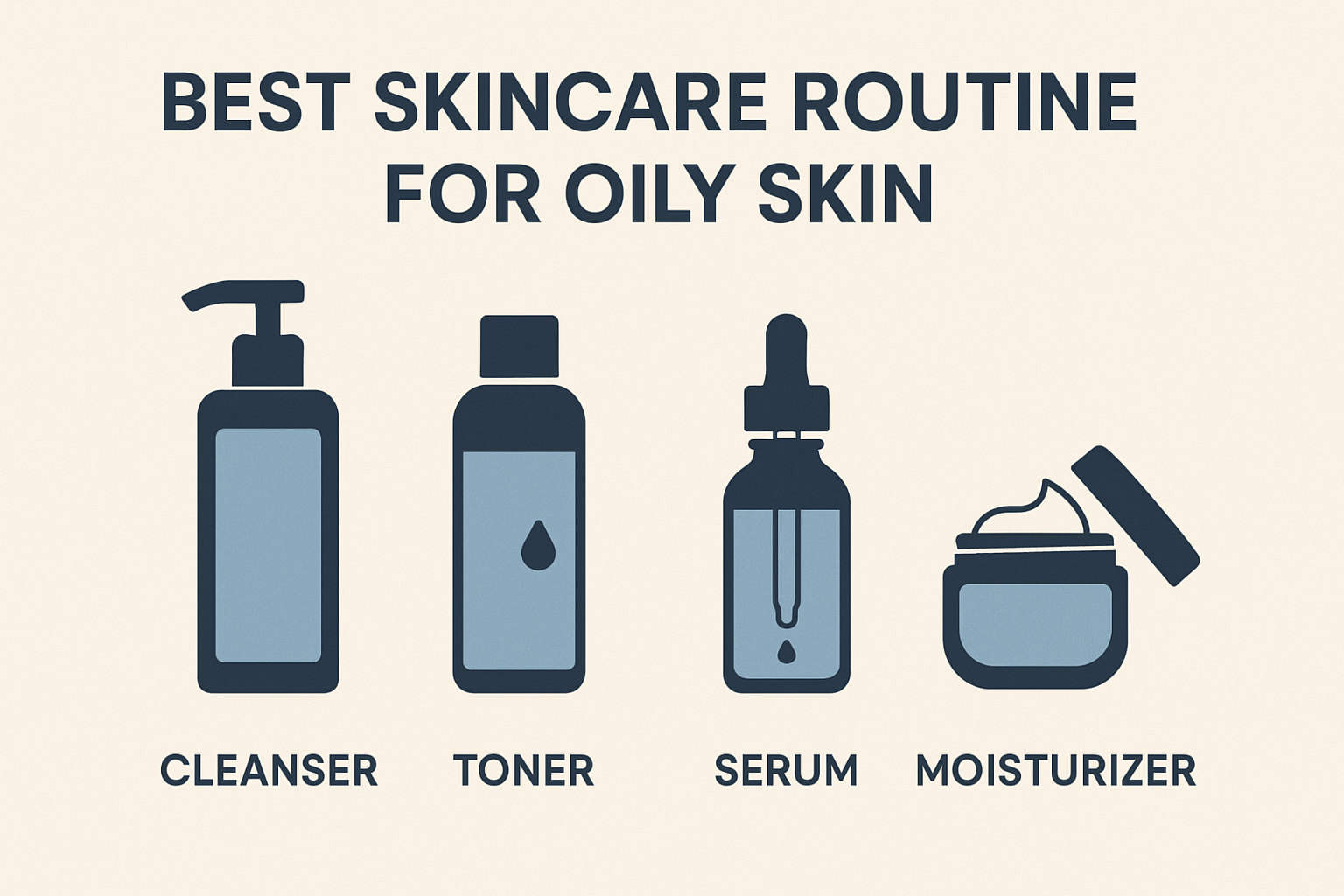Why Everyone’s Talking About Jessner Peels — Dermatologists Explain
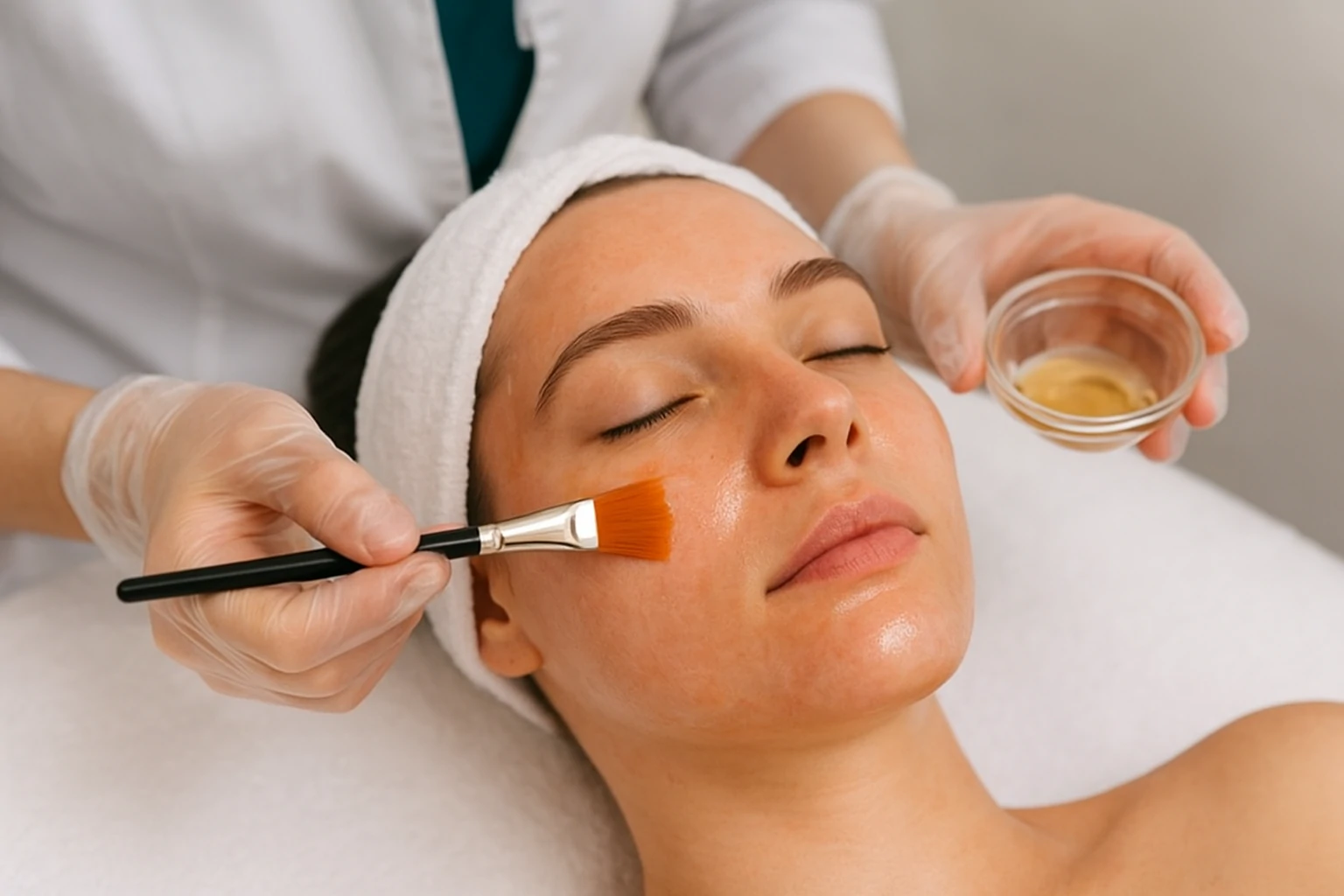
Chemical peels are making a strong comeback in skincare, and one treatment that’s gaining serious attention is the Jessner peel. Though this classic exfoliating formula has been around for more than a century, it’s trending again thanks to its ability to smooth texture, fade hyperpigmentation, and clear stubborn acne.
Many assume that all chemical peels work the same way, but dermatologists emphasize that each formula varies in depth and composition. The Jessner peel, developed by Dr. Max Jessner in the early 1900s, uses a distinctive blend of acids that deliver noticeable yet controlled results.
With expert insights from Biba de Sousa, Dr. Dendy Engelman, and Dr. Omer Ibrahim, this article breaks down everything you need to know—from how the Jessner peel works to its real benefits, possible side effects, and treatment costs—so you can decide if it’s the right step for your skincare journey.
What Is a Jessner Peel?
A Jessner peel is a medium-depth chemical exfoliation treatment designed to improve overall skin tone and texture. According to skincare expert Biba de Sousa, modern versions—often called Modified Jessner Peels—are safe, versatile, and suitable not only for the face but also other body areas.
Dermatologist Dr. Omer Ibrahim explains that it helps treat fine lines, acne, acne scars, and mild hyperpigmentation. The traditional formula combines 14% salicylic acid, 14% lactic acid, and 14% resorcinol in an ethanol base (pH around 1.9). Each acid plays a unique role:
- Salicylic acid removes dead skin cells and unclogs pores.
- Lactic acid hydrates and brightens dull skin.
- Resorcinol acts as an antiseptic but is now often replaced with gentler ingredients like kojic acid or glycolic acid.
However, Dr. Dendy Engelman warns that Jessner peels aren’t recommended for pregnant women or anyone allergic to salicylic acid or resorcinol.
Benefits of a Jessner Peel
The Jessner peel is beloved by dermatologists for its ability to address multiple skin concerns at once. Biba de Sousa explains that it exfoliates the skin’s outermost layer, triggering controlled inflammation that stimulates natural regeneration and collagen renewal. This process helps your skin rebuild itself smoother and stronger.
The results? A clearer, more even complexion with improved texture and tone. Dr. Dendy Engelman notes that it effectively reduces sun damage, hyperpigmentation, acne scars, and fine lines, leaving the skin noticeably brighter and more youthful.
Meanwhile, Dr. Omer Ibrahim highlights that its unique mix of acids works synergistically to provide visible results without the extended downtime of a deep peel. For those seeking a balanced treatment between gentle and powerful, Jessner peel offers that sweet spot—revealing fresh, radiant skin after each session.
Potential Risks of a Jessner Peel
While the Jessner peel is generally safe, it’s not without possible side effects. Dr. Dendy Engelman notes that redness, tightness, and mild flaking for three to five days are expected as the skin regenerates. However, skipping post-care steps—like daily sunscreen use—can lead to unwanted hyperpigmentation or dark spots.
According to Biba de Sousa, one key risk is skin blanching, when the skin turns white because too many layers were applied. Other potential side effects include:
- Temporary hyperpigmentation or hypopigmentation
- Light scabbing or crusting
- Superficial burns or mild irritation
- Rarely, scarring if the peel penetrates too deeply
Dr. Omer Ibrahim stresses that results depend on professional expertise and how well patients follow pre- and post-treatment instructions. Always consult a board-certified dermatologist before undergoing the procedure.
The Cost of a Jessner Peel
The price of a Jessner peel varies based on several factors, including location, provider experience, and treatment complexity. Dr. Omer Ibrahim explains that the cost also depends on how many layers of the solution are applied and whether additional treatments—like LED therapy or hydrating serums—are included.
On average, a single session costs between $100 and $300, with high-end clinics charging more for premium-grade ingredients and professional application by certified dermatologists.
Because Jessner peels are often done in a series for best results, total expenses can vary depending on your skin condition and goals. Think of it as an investment in long-term skin health rather than a one-time fix.
How to Prepare for a Jessner Peel
Before getting a Jessner peel, your skin must be healthy and properly prepped to handle the chemical treatment. Dr. Dendy Engelman emphasizes that anyone with sensitive skin, a history of allergies, or intolerance to certain acids should first consult a dermatologist to customize a safe formula and avoid unwanted reactions.
Dr. Omer Ibrahim recommends a few key steps to prepare effectively:
- Avoid direct sun exposure for at least one week before treatment.
- Stop using exfoliants, retinoids, or strong actives for 5–7 days.
- Apply broad-spectrum sunscreen daily to protect from UV damage.
- Keep your skin well-hydrated, as moisture helps minimize irritation.
Proper preparation not only reduces the risk of redness or burning but also helps your skin heal faster and enhances the final glow. Taking these steps ensures your Jessner peel delivers smoother, more even, and refreshed results.
At-Home vs. Professional Jessner Peels
In dermatology, the Jessner peel falls under the medium-depth peel category, meaning it penetrates the upper dermis. Unlike superficial peels that can be safely done at home, or deep peels that require sedation and close medical supervision, Jessner peels should always be handled by trained professionals.
According to Biba de Sousa, Jessner’s solution is self-neutralizing—it stops working on its own after several hours. For optimal results, the treated skin should remain untouched by water or oil for about 6–8 hours post-procedure. Dr. Omer Ibrahim adds that avoiding interference with additional products supports smoother healing.
While at-home peels offer mild exfoliation with minimal downtime, and deep peels deliver dramatic rejuvenation but come with greater risk and recovery, the Jessner peel provides a balanced, professional-grade option with visible improvement and shorter healing time.
What to Expect During a Jessner Peel
A Jessner peel session is relatively quick but requires precision. As Biba de Sousa explains, it begins with a thorough cleanse to remove oil and impurities, followed by light hydration to balance the skin before the chemical solution is applied.
De Sousa often uses a sonic blade, an ultrasonic device that enhances hydration absorption and prevents the peel from penetrating unevenly. Then, a sterile gauze is used to apply one or more layers of the Jessner solution evenly across the skin.
Patients may feel a warm, tingling sensation or “hot spots” as the acids activate. Usually, two to three layers are applied, followed by corrective products such as retinol, vitamin complexes, hyaluronic acid, or peptides—chosen based on your skin type and concerns. The whole process typically takes just a few minutes but delivers long-lasting rejuvenation.
Aftercare
Post-peel care is crucial to achieving the best results and preventing irritation. Biba de Sousa advises keeping the skin completely dry and product-free for 6–8 hours, ideally overnight. Water can push the solution too deep, while oils may neutralize it too soon.
For the first 24 hours, avoid sweating, intense workouts, or exposure to extreme temperatures. Stick to a simple, soothing routine:
- Gently cleanse your face,
- Apply a lightweight moisturizer, and
- Use broad-spectrum sunscreen every morning.
By day three, mild peeling and tightness are normal—this means new skin is emerging. Focus on hydrating ingredients like hyaluronic acid or ceramides. Most flaking stops by day five, after which you can slowly reintroduce actives like retinol or acids under dermatologist guidance.
Treatments Similar to a Jessner Peel
In aesthetic dermatology, the Jessner peel is often compared to other chemical exfoliants offering similar benefits but with different intensities. Dr. Omer Ibrahim explains that choosing the right peel depends on your skin type, sensitivity, and treatment goals.
Common alternatives include:
- Glycolic acid peel (AHA): Great for gentle exfoliation, brightening dull skin, and evening skin tone.
- Salicylic acid peel (BHA): Ideal for acne-prone or oily skin, as it unclogs pores and dissolves excess oil.
- TCA peel (Trichloroacetic acid): A stronger, deeper peel that targets scars, wrinkles, and sun damage.
Consult a board-certified dermatologist before choosing, as they can tailor the strength and formula to your unique skin needs—ensuring visible results without excessive irritation.
How Often Can You Get a Jessner Peel?
The ideal Jessner peel frequency depends on your goals, skin condition, and how your skin heals. Dr. Omer Ibrahim notes that because it’s a medium-depth peel, the skin needs time to fully regenerate before the next session—typically every 4 to 6 weeks.
For treating active acne, uneven texture, or mild pigmentation, dermatologists may recommend a series of 3–6 sessions spaced a few weeks apart. Once desired results are achieved, maintenance peels every 3–6 months help sustain clarity and smoothness.
However, overdoing it can damage your skin barrier and cause sensitivity. Biba de Sousa stresses the importance of professional guidance to set a schedule that’s both safe and effective for your skin type.
Is a Jessner Peel Safe for Darker Skin Tones?
Safety is a key concern for individuals with medium to dark skin tones (Fitzpatrick IV–VI). According to Dr. Omer Ibrahim, the Jessner peel can be used safely on darker complexions—but only with modified formulas and performed by experienced professionals.
The original Jessner solution contains resorcinol, which can trigger post-inflammatory hyperpigmentation (PIH) in melanin-rich skin. Today’s Modified Jessner Peels replace it with gentler brightening acids such as kojic, mandelic, or citric acid, reducing irritation while maintaining exfoliation benefits.
Dr. Dendy Engelman advises pre-treating the skin with niacinamide, arbutin, or sunscreen to suppress melanin production and prevent discoloration. Post-peel, strict sun protection is essential.
With proper customization and care, the Jessner peel remains safe and effective for all skin tones—especially when performed by a certified dermatologist.
Final Thoughts
The Jessner peel offers an ideal balance between gentle exfoliation and visible transformation. With its blend of salicylic, lactic, and other rejuvenating acids, it helps refine texture, fade pigmentation, and clear acne without the long downtime of deeper peels.
Dermatology experts like Dr. Dendy Engelman, Dr. Omer Ibrahim, and Biba de Sousa highlight that results depend on professional application, proper preparation, and post-peel care. When customized for your skin type—especially with modified formulas for darker tones—it’s considered safe, effective, and versatile.
If you’re seeking a treatment that reveals smoother, brighter, and healthier skin, the Jessner peel remains one of the most reliable options in modern skincare. Always consult a board-certified dermatologist to ensure it’s the right choice for your skin goals.




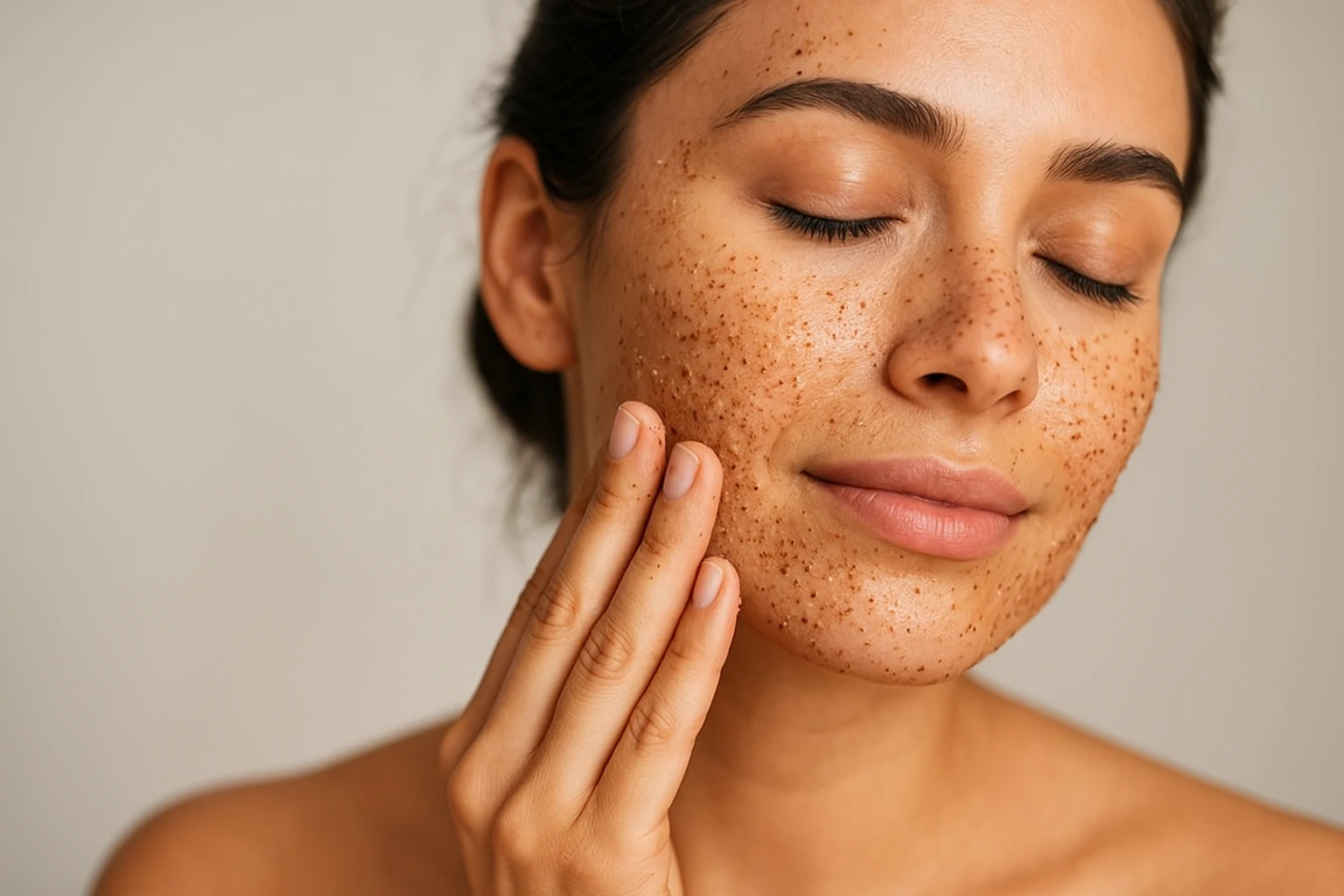
 Acne
Acne Anti-Aging
Anti-Aging Business
Business Digital Marketing
Digital Marketing Economics
Economics Exfoliation
Exfoliation Movies
Movies Personal Finance
Personal Finance Websites
Websites
